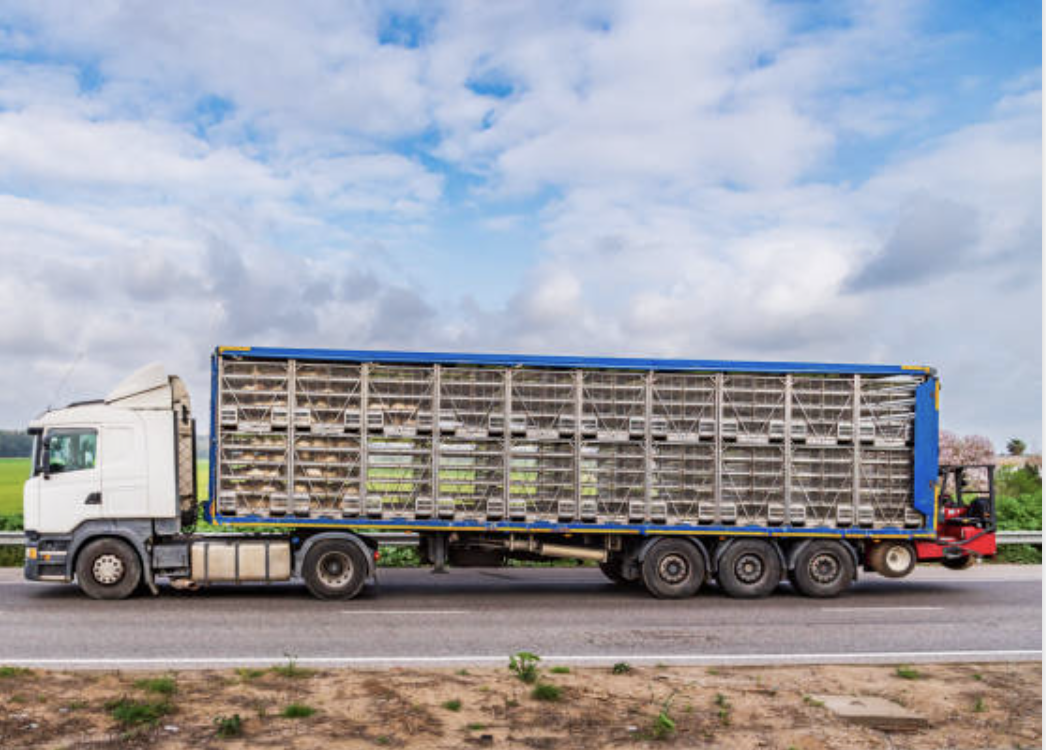Is certified feed ingredients worth the extra cost?

For poultry and livestock companies, feed ingredients are one of the biggest cost drivers. So when certified options like RSPO palm oil or Donau Soja-certified soybeans are increasingly essential, but come with a higher price tag, procurement teams understandably ask:
“Is it really worth it?”
The short answer? Yes, when you consider the total value, not just the invoice.
But procurement and innovation teams are often left guessing. The data to compare emissions, cost, biodiversity, deforestation risk, and regulatory value is scattered across spreadsheets, emails, PDFs, and third-party databases.
And let’s be honest: most teams are not trained to model trade-offs between Scope 3 (value chain) carbon, land use, certification and pricing scenarios. It’s complex, time-consuming, and risky to get wrong to present for leadership and decision makers.
Certified inputs often cost more typically 1–4% higher for RSPO palm derivatives, with non-GMO soy premiums fluctuating based on demand. But these costs are minor compared to the hidden risks of uncertified sourcing, especially as sustainability regulations and buyer expectations grow tougher.
Certification strengthens your supply chain by ensuring traceability and deforestation-free sourcing—both critical under the EU Deforestation Regulation (EUDR). With RSPO practices alone, companies help prevent the conversion of up to 10 million hectares of rainforest each year. This isn’t just a supply chain benefit, it’s a crucial climate action.
The SBTi’s Forest, Land and Agriculture (FLAG) guidance highlights that protecting tropical forests and peatlands is essential for achieving 1.5°C targets. Without ending deforestation this decade, even companies with Science-Based Targets will fall short. Certifications help turn these commitments into measurable land-sector mitigation where action is needed most, and urgently.
It’s not just about forests, certified systems help reduce Scope 3 emissions, a major challenge in feed supply chains. Certified palm oil systems are preserving up to 2.9 billion tonnes of carbon each year far more than what a feed mill can offset with efficiency upgrades alone. These verified reductions also support alignment with SBTi FLAG targets and CSRD climate disclosures.

Choosing certified ingredients does more than meet compliance, it protects supplier contracts, meets regulation requirements and can create access to financial incentives like green loans or sustainability-linked funding. Certified sourcing also strengthens trust with long-term buyers, many of whom now require proof of sustainable practices to continue doing business.
Choosing certifications is often either about following what’s most used or doing time-consuming comparisons of price, sustainability, and compliance.
Certifications shouldn’t be a guessing game—or a spreadsheet nightmare.

A way forward: What’s needed for a more sustainable palm oil sector?
Building a sustainable palm oil supply chain requires more than certifications—it demands structural change, smarter incentives, and the right tools to make informed decisions.
Key success factors include:
Fair farmer compensation
- Smallholders need access to premium pricing, minimum price guarantees, and financial incentives that reflect the cost of sustainable practices.
- VSSs (like RSPO, ISCC) must better align prices with living income benchmarks to ensure long-term adoption.
Better data & real-time transparency
- Most sourcing teams lack access to integrated data on emissions, deforestation risk, cost, and biodiversity impact—making it hard to compare certified vs. conventional options.
- Transparency from traders, retailers, and financial institutions is vital to shift incentives across the value chain.
Stronger collaboration & long-term contracts
- Sustainable transformation is only possible if downstream actors (buyers, brands, banks) share responsibility—and benefits—through longer-term sourcing commitments and shared risk models.
Government & finance-backed Action
- Policies, tax incentives, green finance, and agroforestry support can accelerate adoption of better practices at scale, particularly among smallholders.
With Unibloom’s Certification Simulation Model for soy and palm oil (and many more ingredients!), innovation and sourcing teams can collaborate in real-time with sustainability leads and suppliers to make decisions that are smart, fast, cost-effective and fully aligned with your business goals.
How Unibloom can help
1. Real-time scenario modelling – Compare certified vs. conventional options instantly
2. Integrated insights – See emissions impact, land use risk (FLAG), cost range, and supplier readiness in one place
3. Cross-team collaboration – Align sustainability, procurement, and finance in minutes—not months
4. Compliance confidence – Support CSRD, SBTi FLAG, and EUDR targets with traceable, data-backed decisions
5. Business value focus – Prioritise decisions based on ROI, not just sustainability labels
In a changing industry, certifications aren’t just a nice-to-have—they’re a strategic investment in traceability, climate performance, and future market access.
Unibloom simplifies the complexity—so innovation, sustainability and procurement teams focus only on the options that truly move the needle.
Read more in our case study with Unilever or Whitepapers about the poultry, pork & beef industry here.
Contact us for a data analysis or free trial of the scenario module: anna.sandgren@unibloom.world or calendly.com/anna-sandgren




